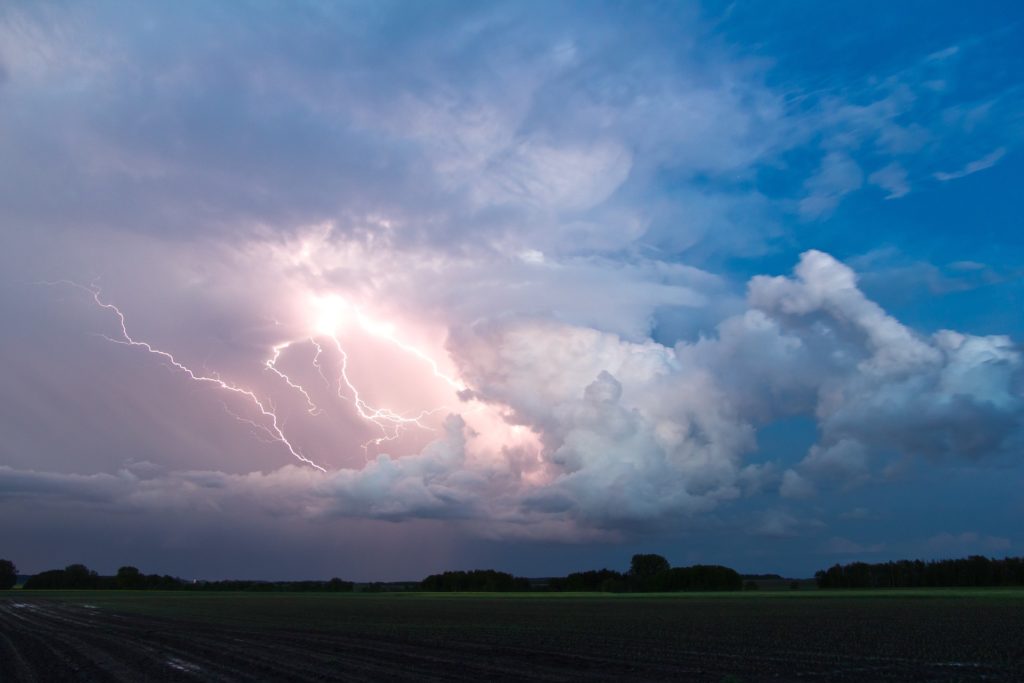How Do Thunderstorms Form?

Thunderstorms are a common weather phenomenon that can bring strong winds, heavy rain, and lightning to an area. But how do these storms form? In this blog, we’ll explore the process of thunderstorm formation and what causes these storms to develop.
Step 1: Instability
The main ingredient for a thunderstorm is instability in the atmosphere. This instability can come from a variety of sources, including warm, moist air near the surface and cold, dry air higher up in the atmosphere. When these two air masses meet, they create an environment that is ripe for storm development.
Step 2: Lift
The next step in the formation of a thunderstorm is the presence of lift. Lift is what helps the air rise and cool, and it can be caused by a variety of factors, including fronts, mountains, and warm air rising from the surface. When the air rises, it cools and condenses into clouds, and the water droplets in the clouds eventually form precipitation.
As the storm continues to develop, the updraft of rising air becomes stronger and the storm begins to grow vertically. The strong updraft causes the air to continue rising and cooling, and the precipitation in the clouds begins to fall as rain. The raindrops collide with other raindrops and become larger, eventually reaching the ground as a heavy rain.
The Final Stage
The final stage of thunderstorm development is the presence of electrical charges. The collision of raindrops in the clouds creates positive and negative charges, with the positive charges tending to collect at the top of the cloud and the negative charges at the bottom. When these charges become strong enough, they create a spark of lightning, which can be seen from the ground as a flash of light.
In conclusion, thunderstorms form when instability in the atmosphere combines with lift and electrical charges to create a storm. These storms can bring heavy rain, strong winds, and lightning to an area, and they are an important part of the Earth’s weather system. By understanding the process of thunderstorm formation, we can better prepare for and understand these powerful weather events.
When are thunderstorms most likely?
Thunderstorms are most likely in the spring and summer months and during the afternoon and evening hours, but they can occur year-round and at all hours.
What is a severe thunderstorm?
A thunderstorm is classified as “severe” when it contains one or more of the following: hail one inch or greater and/or winds gusting in excess of 58-mph.
What is the difference between a Severe Thunderstorm WATCH and a Severe Thunderstorm WARNING?
A watch means conditions exist for severe thunderstorms, whereas, a warning means there is currently a serious threat to life or property. Learn more about the difference between a watch and a warning.
What damage does hail create?
Hail can create damage of different magnitudes based on its size. Learn more about the damage different sizes of hail creates.